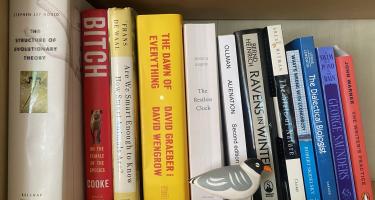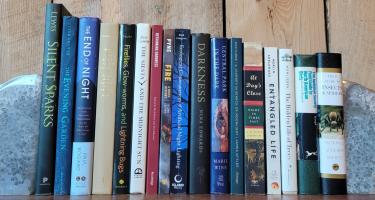
Murray Carpenter—Sweet and Deadly: How Coca-Cola Spreads Disinformation and Makes Us Sick
Sugar-sweetened beverages boost rates of obesity, type 2 diabetes, and cardiovascular disease, Murray Carpenter asserts. In Sweet and Deadly: How Coca-Cola Spreads Disinformation and Makes Us Sick, he focuses on the world’s largest soda manufacturer, calling for greater consumer awareness of sodas’ nutritional risks and the strategies corporations use to hide those risks.






